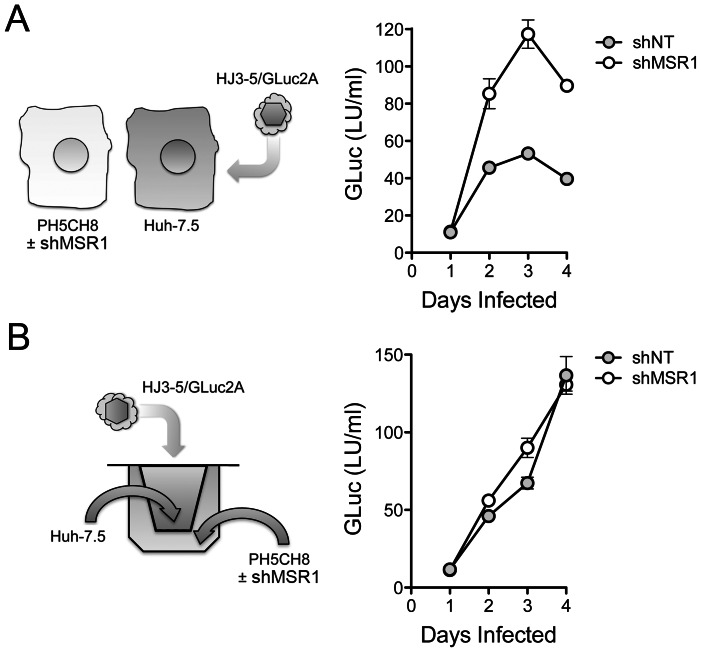Figure 7. MSR1-dependent TLR3 sensing of HCV infection in neighboring cells restricts viral replication.
(A) (left) Design of co-culture experiments in which HCV-nonpermissive, but TLR3-competent, PH5CH8 cells were co-cultured with HCV-permissive, but RIG-I and TLR3-incompetent, Huh-7.5 cells infected with HJ3-5/GLuc2A, a reporter virus that expresses GLuc as a component of its polyprotein. Huh-7.5 cells were infected with virus for 6 hrs prior to being split and added to either MSR1-depleted PH5CH8/shMSR1 or control PH5CH8/shNT cells (Fig. 3A) at a ratio of 1∶2 to establish co-cultures. (right) Gaussia luciferase activity in supernatant fluids of HJ3-5/GLuc2A-infected co-cultures. Data shown are means ± s.d. from 3 replicate cultures and are representative of repeat, independent experiments. The difference in GLuc expression from shMSR1- vs. shNT-treated cells was significant by two-way ANOVA (p<0.0001). (B) (left) Co-cultures of PH5CH8/shMSRI (or control PH5CH8/shNT) cells and HJ3-5/GLuc2A virus-infected Huh-7.5 cells in which the cell types are separated by a semi-permeable membrane (Transwell system). (right) Gaussia luciferase activity in supernatant fluids of HJ3-5/GLuc2A virus-infected Huh-7.5 cells separated from the PH5CH8 cells by a semi-permeable membrane. Data shown are means ± s.d. from 3 replicate cultures. Unlike Huh-7.5 cells cultured in close continuity with PH5CH8 cells (panel A), there is no restriction to HCV replication when the cell types are separated by a permeable membrane. The difference in GLuc expression from shMSR1- vs. shNT-treated cells was not significant by two-way ANOVA (p = 0.20).

